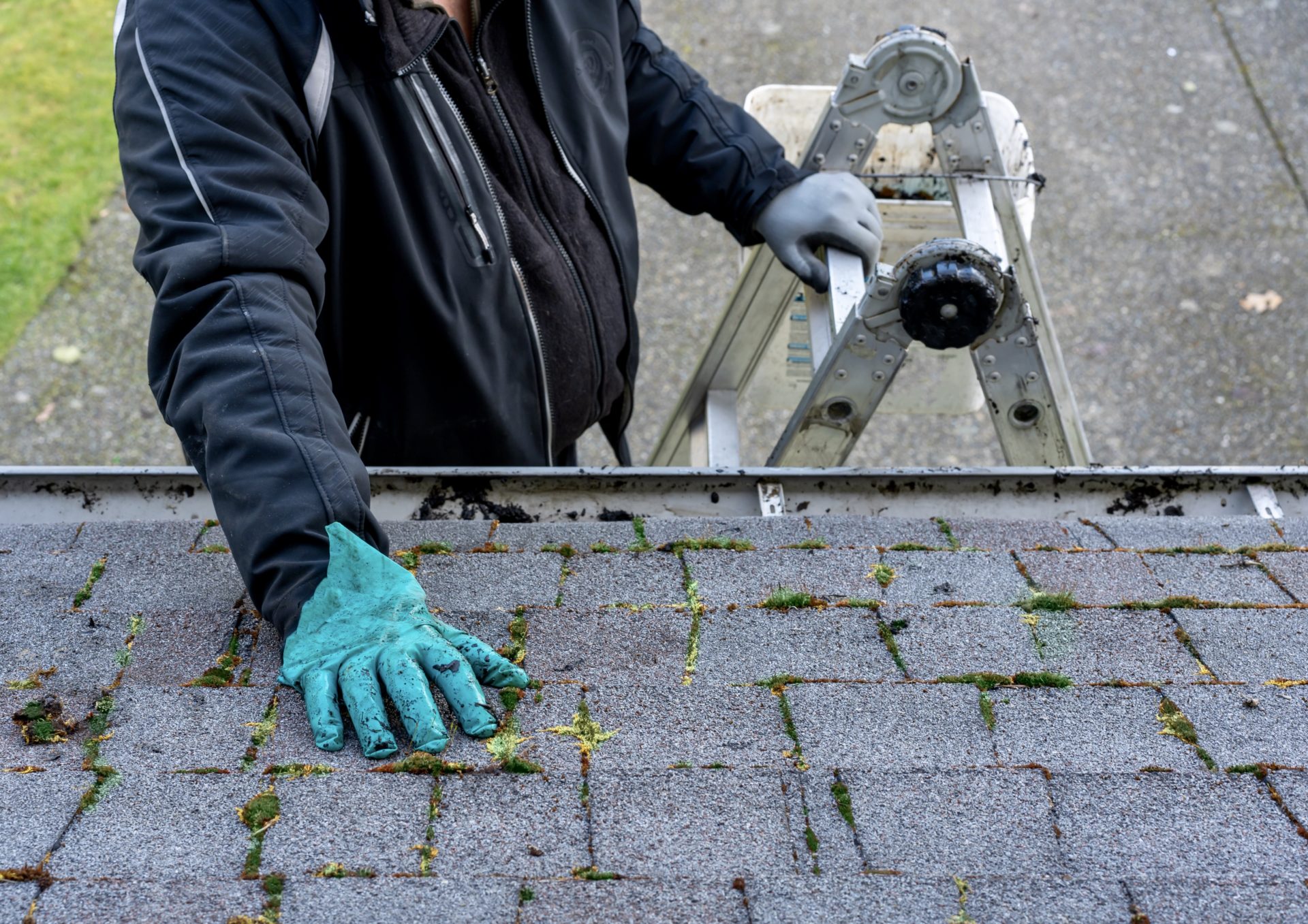Roofing is a critical part of structure for several important causes:
Protection from the Elements: One of the primary functions of a roof is to offer shelter and protection from environmental components corresponding to rain, snow, wind, and excessive temperatures. It prevents water from entering the building, which can trigger structural injury, mildew progress, and different issues.
Structural Integrity: Roofs play a vital function in maintaining the structural integrity of a building. They distribute the load of the roof and any masses (e.g., snow) evenly to the walls and foundation. A well-designed and properly constructed roof ensures the steadiness and safety of the whole structure.
Aesthetics and Design: Roofs are a visible and outstanding a part of a building's exterior. Architects use roof design to reinforce the overall aesthetics of a structure. The form, material, and style of the roof can contribute to the architectural character and appeal of a building.
Environmental Considerations: Sustainable structure places an emphasis on energy efficiency and environmental responsibility. Roofing supplies and design can impression a building's vitality efficiency. For example, cool roofs can replicate extra sunlight and take up less warmth, decreasing cooling costs and urban warmth island results.

Natural Lighting and Ventilation: Roof design can incorporate features like skylights, dormers, and roof vents to offer pure lighting and air flow inside a building. This can enhance indoor comfort and reduce the necessity for artificial lighting and mechanical ventilation.
Historical and Cultural Significance: In some architectural styles, similar to Gothic or Victorian, the roof is often a key factor that displays the historic and cultural context of a building. Roof particulars and shapes can tell a narrative about the era by which a structure was built.
Space Utilization: Roof design can create additional usable area inside a constructing, similar to attic rooms, rooftop gardens, or out of doors living areas. Architects usually think about how to maximize space and performance when designing roofs.
Energy Efficiency: Energy-efficient roofing supplies and design can contribute to a building's overall vitality efficiency. Proper insulation and air flow may help regulate indoor temperatures and cut back heating and cooling prices.
Safety and Fire Resistance: Roofing supplies are chosen with safety in mind. Check over here , like fire-resistant roofing, can help prevent the spread of fires in a building, offering useful time for occupants to evacuate.
In abstract, roofing is a elementary facet of structure that combines functional and aesthetic considerations. It not only protects the interior of a constructing from the elements but additionally contributes to the overall design, sustainability, and security of a construction. Architects carefully contemplate roofing materials, shapes, and features to attain their design objectives while making certain the comfort and well-being of building occupants..
